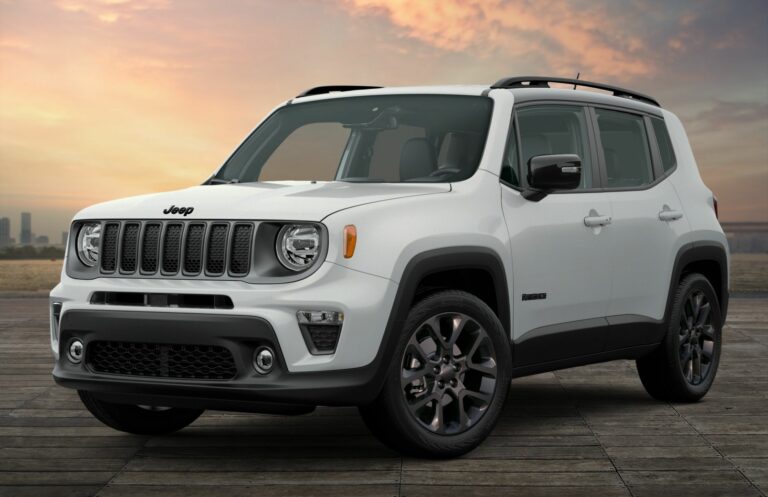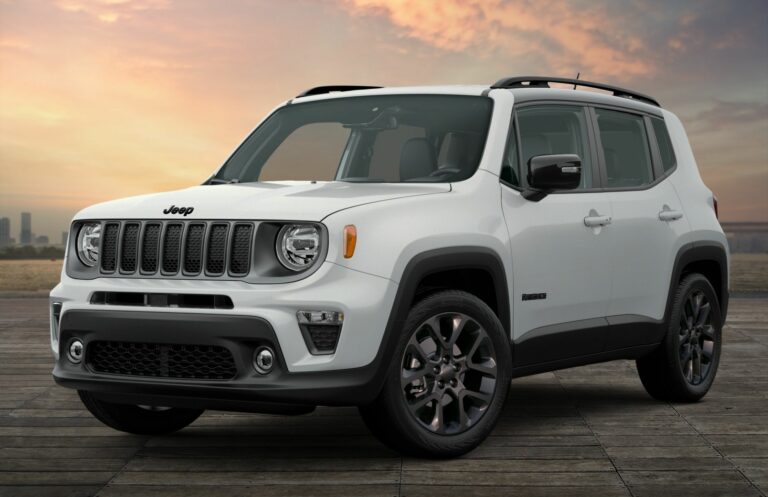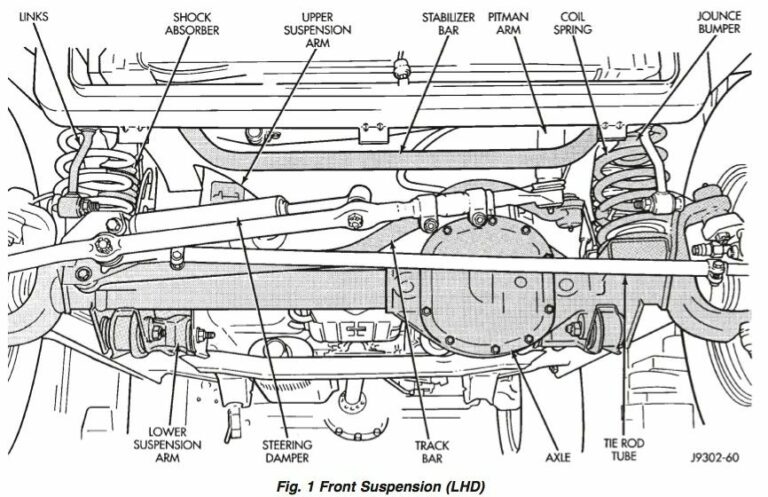How Much Does A Jeep Wrangler 2 Door Weigh? Unpacking the Iconic Off-Roader’s Heft
How Much Does A Jeep Wrangler 2 Door Weigh? Unpacking the Iconic Off-Roader’s Heft jeeps.truckstrend.com
The Jeep Wrangler, an undisputed icon of adventure and off-road prowess, commands attention with its distinctive look and rugged capability. For enthusiasts, prospective buyers, and even seasoned owners, understanding the vehicle’s specifications goes beyond horsepower and torque; the weight of a Jeep Wrangler, particularly the nimble 2-door model, is a crucial metric that influences everything from fuel efficiency and handling to off-road performance and towing capacity. This comprehensive guide will delve into the nuances of the 2-door Jeep Wrangler’s weight, exploring the factors that contribute to its heft and why this seemingly simple number holds such significant importance.
Understanding the Basics: Curb Weight vs. GVWR
How Much Does A Jeep Wrangler 2 Door Weigh? Unpacking the Iconic Off-Roader’s Heft
Before we dive into specific figures, it’s essential to define the key terms related to vehicle weight:
- Curb Weight: This is the most commonly cited weight figure. It represents the total weight of the vehicle with all its standard equipment, a full tank of fuel, and all necessary fluids (engine oil, coolant, etc.), but without passengers, cargo, or aftermarket accessories. It’s essentially the weight of the vehicle ready to drive off the lot, empty.
- Gross Vehicle Weight Rating (GVWR): This is the maximum permissible total weight of the fully loaded vehicle, including the curb weight, all passengers, cargo, and any aftermarket additions. Exceeding the GVWR can compromise safety, handling, and damage vehicle components.
For a 2-door Jeep Wrangler owner, both figures are vital. Curb weight gives you a baseline for performance and efficiency, while GVWR dictates how much you can safely load into your vehicle for that next epic adventure.
Factors Influencing a 2-Door Wrangler’s Weight
The weight of a 2-door Jeep Wrangler is not a static number. It fluctuates significantly based on several key variables, reflecting the diverse configurations and generations of this beloved SUV.
-
Year and Generation:
Jeep Wranglers have evolved over the decades, and with each new generation, there have been changes in size, materials, and technology, directly impacting their weight.- YJ (1987-1995): Generally the lightest, built with simpler structures.
- TJ (1997-2006): Saw a slight increase in weight due to added refinements and safety features.
- JK (2007-2017): A significant leap in size and capability, leading to a notable weight increase over its predecessors. This generation introduced a more robust frame and more modern amenities.
- JL (2018-Present): While larger, the JL generation utilized more lightweight materials (like aluminum for doors, hood, and tailgate) to offset some of the gains from increased technology and safety features. However, overall, it remains heavier than the TJ and YJ.
-
Trim Level:
The specific trim level chosen dramatically affects the curb weight due to varying standard equipment and component upgrades.- Sport: Typically the lightest trim, offering the most basic configuration.
- Sahara: Often includes more creature comforts, larger wheels, and additional body-colored components, adding a bit of weight.
- Rubicon: The heaviest of the standard trims, designed for extreme off-roading. It comes equipped with heavy-duty axles, larger tires, rock rails, more robust suspension components, and often electronic disconnecting sway bars, all of which contribute to a higher curb weight.
-
Engine Type:
The engine choice can also sway the scales.- 3.6L Pentastar V6: A reliable and popular engine, providing a standard weight baseline.
- 2.0L Turbo Inline-4: While a smaller displacement, the turbocharging system and associated components can sometimes make it surprisingly close in weight or even slightly heavier than the V6 in some configurations.
- 2.0L 4xe Plug-in Hybrid (PHEV): This is the heaviest engine option by a significant margin. The large battery pack, electric motors, and associated hybrid components add hundreds of pounds to the vehicle’s curb weight, fundamentally changing its dynamics.
-
Transmission Type:
While a minor factor, automatic transmissions typically weigh slightly more than their manual counterparts. -
Optional Features and Packages:
Beyond the core trim and engine, optional extras can quickly add up:- Hardtop vs. Soft Top: The removable hardtop is substantially heavier than the soft top.
- Premium Audio Systems: Added speakers, subwoofers, and amplifiers contribute.
- Heavy-Duty Bumpers & Winches: Popular aftermarket additions, but they come with significant weight penalties.
- Larger Tires and Wheels: Heavier, more aggressive tires, especially beadlock-capable wheels, add unsprung weight.
- Steel Rock Rails vs. Steps: Steel rock rails are heavier but offer superior protection.
Average Weight Ranges for 2-Door Wrangler Models
To give you a clearer picture, here are approximate curb weight ranges for the 2-door Jeep Wrangler across different generations and popular configurations. Please note that these are estimates, and specific vehicles may vary based on their exact build and options.
Historical 2-Door Wrangler Curb Weights:
| Generation | Model Years | Engine Options | Approximate Curb Weight (lbs) | Approximate Curb Weight (kg) |
|---|---|---|---|---|
| YJ | 1987-1995 | 2.5L I4, 4.0L I6 | 2,700 – 3,000 | 1,225 – 1,360 |
| TJ | 1997-2006 | 2.5L I4, 4.0L I6 | 3,100 – 3,400 | 1,406 – 1,542 |
| JK | 2007-2017 | 3.8L V6, 3.6L V6 | 3,750 – 4,100 | 1,700 – 1,860 |
Current (JL) 2-Door Wrangler Curb Weights (Approximate):
| Model Year | Generation | Trim Level | Engine | Transmission | Approximate Curb Weight (lbs) | Approximate Curb Weight (kg) |
|---|---|---|---|---|---|---|
| 2024 | JL | Sport | 3.6L Pentastar V6 | Automatic | 4,000 – 4,100 | 1,814 – 1,860 |
| 2024 | JL | Sport | 2.0L Turbo I4 | Automatic | 4,050 – 4,150 | 1,837 – 1,882 |
| 2024 | JL | Rubicon | 3.6L Pentastar V6 | Automatic | 4,250 – 4,350 | 1,928 – 1,973 |
| 2024 | JL | Rubicon | 2.0L Turbo I4 | Automatic | 4,300 – 4,400 | 1,950 – 1,996 |
| 2024 | JL | Willys | 3.6L Pentastar V6 | Automatic | 4,050 – 4,150 | 1,837 – 1,882 |
| 2024 | JL | Willys | 2.0L Turbo I4 | Automatic | 4,100 – 4,200 | 1,860 – 1,905 |
| 2024 | JL | Rubicon X | 3.6L Pentastar V6 | Automatic | 4,300 – 4,400 | 1,950 – 1,996 |
| 2024 | JL | Rubicon X | 2.0L Turbo I4 | Automatic | 4,350 – 4,450 | 1,973 – 2,018 |
Note: These weights are approximate for base models of the respective trims with the specified engine and transmission. Actual weights will vary based on optional equipment, packages, and accessories.
Impact of Weight on Performance and Practicality
The weight of your 2-door Wrangler significantly impacts various aspects of its operation:
- Off-Roading: A lighter vehicle often means better floatation over soft terrain (sand, mud) and less stress on drivetrain components. However, a certain amount of weight can also provide stability on challenging trails and improve traction by keeping tires planted. The Rubicon’s added weight is often justified by its more robust components.
- Fuel Economy: Generally, heavier vehicles require more energy to move, leading to lower fuel efficiency (MPG). The lighter 2-door models will typically outperform their 4-door counterparts and heavier trims in terms of fuel consumption.
- Towing Capacity: While a 2-door Wrangler isn’t known for massive towing, its relatively lighter curb weight compared to the 4-door means its payload and towing capacities are often lower to maintain safe GVWR and GCWR (Gross Combined Weight Rating). Always check your specific model’s towing limits.
- Handling and Ride Quality: Weight distribution and overall mass influence how the Jeep feels on and off the road. Heavier vehicles can feel more planted but might exhibit more body roll. Suspension tuning is critical to compensate for a vehicle’s weight.
- Braking Distance: A heavier vehicle requires more force and distance to come to a complete stop, especially at higher speeds.
Modifications and Their Weight Impact
It’s easy to add significant weight to a 2-door Wrangler through popular modifications. Be mindful of these additions and their cumulative effect:
- Steel Bumpers & Winches: A heavy-duty steel front bumper can add 100-200 lbs, plus another 50-100 lbs for a winch. Rear bumpers with tire carriers can add even more.
- Larger, Heavier Tires & Wheels: Upgrading to 35-inch or larger tires with heavy beadlock wheels can add 50-100 lbs per corner compared to stock, significantly increasing unsprung weight.
- Skid Plates & Armor: Essential for protection off-road but can add 50-150 lbs depending on coverage.
- Roof Racks & Roof Top Tents: While great for gear, a roof rack and a hard shell roof top tent can easily add 150-250 lbs or more, often high up, impacting the center of gravity.
- Interior Storage Systems: Drawer systems, cargo organizers, and sound deadening materials add weight.
Conversely, some owners attempt to reduce weight for competitive rock crawling or enhanced performance. This might involve removing rear seats, opting for lightweight aluminum components (bumpers, skid plates), or even carbon fiber parts, though these are less common for everyday Wranglers.
Practical Advice for Owners
- Consult Your Owner’s Manual: For precise figures, always refer to your specific vehicle’s owner’s manual. It will list the exact curb weight, GVWR, and GAWR (Gross Axle Weight Rating) for your model.
- Calculate Your Payload: Subtract your curb weight from your GVWR to determine your maximum payload capacity. Remember this includes passengers, cargo, and any modifications you’ve added.
- Factor in Modifications: If you’ve modified your Wrangler, estimate the added weight and subtract it from your available payload. Overloading can be dangerous and illegal.
- Consider Weight Distribution: For off-roading, how weight is distributed (front/rear, side-to-side) can be as important as the total weight.
- Don’t Overlook the Details: Even seemingly small additions like recovery gear, a full cooler, or extra fuel cans can add up quickly.
Conclusion
The 2-door Jeep Wrangler’s weight is a dynamic figure, influenced by its generation, trim, engine, and the myriad of options and modifications chosen by its owner. Ranging from around 2,700 lbs for vintage YJs to over 4,400 lbs for a fully-equipped JL Rubicon, understanding this metric is crucial for optimizing performance, ensuring safety, and maximizing the utility of this iconic off-road machine. Whether you’re aiming for ultimate agility on the trails or planning a cross-country overland expedition, being aware of your Jeep’s true weight will empower you to make informed decisions and get the most out of your adventure companion.
Frequently Asked Questions (FAQ)
Q1: Is the 2-door Wrangler significantly lighter than the 4-door Wrangler?
A1: Yes, absolutely. The 2-door Wrangler is considerably lighter than its 4-door counterpart, typically by 300-500 pounds or more, depending on the trim and options. This difference is due to the shorter wheelbase, fewer doors, and less structural material.
Q2: Does a hardtop weigh more than a soft top on a 2-door Wrangler?
A2: Yes. The removable hardtop is significantly heavier than the soft top. While the exact weight varies by model and material (fiberglass vs. composite), a hardtop can add anywhere from 100 to 150 pounds compared to the soft top.
Q3: How much weight do aftermarket steel bumpers and winches add?
A3: Aftermarket steel bumpers and winches can add substantial weight. A heavy-duty steel front bumper can add 100-200 lbs, and a winch typically adds another 50-100 lbs. Rear bumpers with tire carriers can add 150-250 lbs or more. Always check the manufacturer’s specifications for precise weights.
Q4: Does the 2-door Wrangler 4xe (plug-in hybrid) weigh more?
A4: While a 2-door 4xe isn’t currently offered (only the 4-door Unlimited 4xe is available), if it were, it would undoubtedly be significantly heavier than its gasoline-only counterparts. The battery pack and electric motors add hundreds of pounds to the vehicle’s curb weight.
Q5: Why is knowing my Jeep’s weight important?
A5: Knowing your Jeep’s weight (both curb and GVWR) is crucial for several reasons:
- Safety: Ensures you don’t overload the vehicle, compromising handling, braking, and stability.
- Performance: Impacts acceleration, braking distance, fuel economy, and off-road capability.
- Legal Compliance: Prevents exceeding legal weight limits for roads, bridges, and specific towing regulations.
- Component Longevity: Overloading can prematurely wear out suspension, tires, brakes, and drivetrain components.
Q6: Can I reduce my 2-door Wrangler’s weight?
A6: Yes, you can. Common methods include:
- Removing the rear seats (if not needed).
- Opting for a soft top over a hardtop.
- Choosing lightweight aluminum aftermarket components (bumpers, skid plates) instead of steel.
- Removing unnecessary items from the vehicle.
However, significant weight reduction for daily drivers is often impractical or costly.




